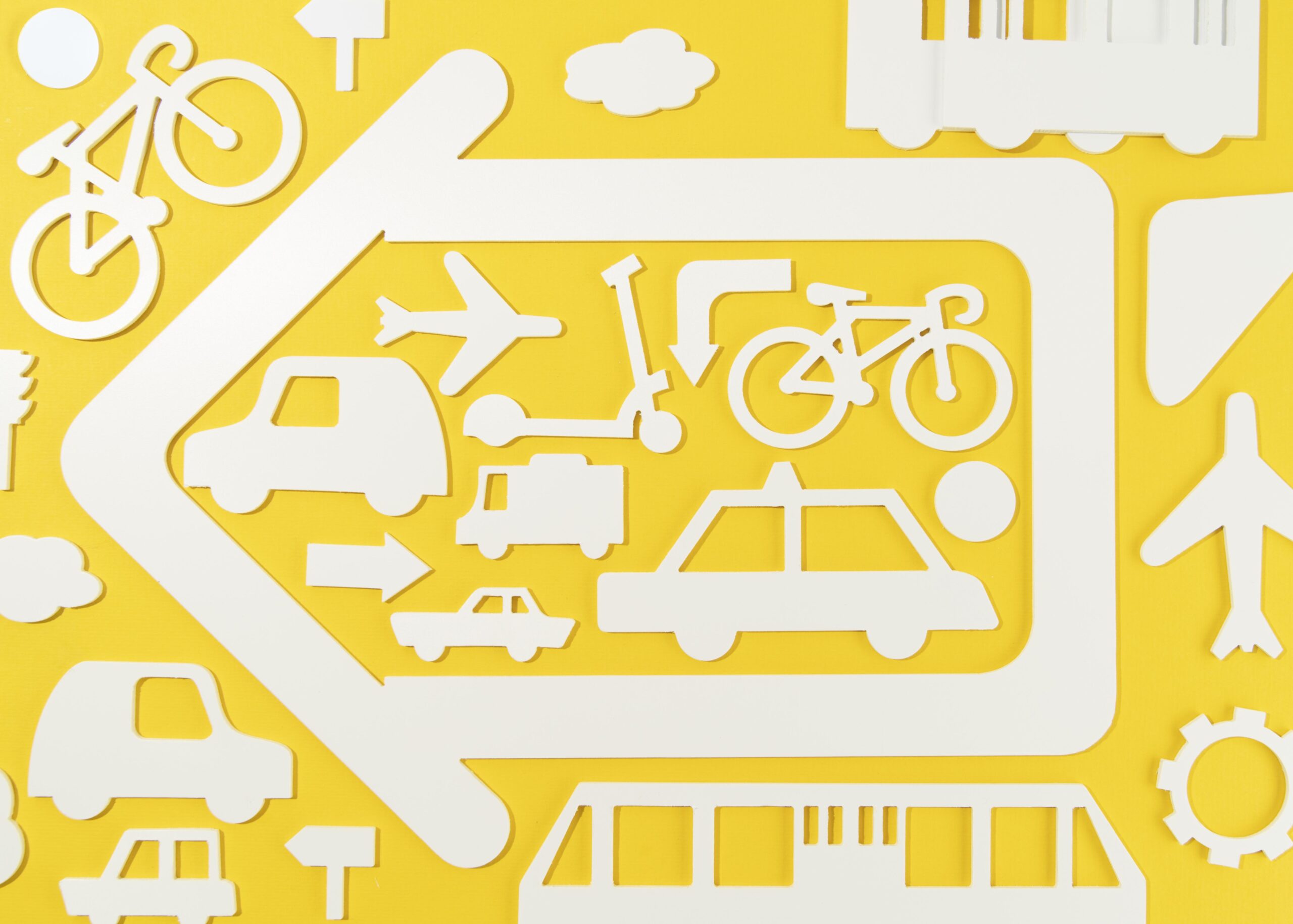The word CCAM stands for Connected, Cooperative and Automated Mobility and, according to the vocabulary developed within the SINFONICA project, its definition is: Combining connectivity, cooperative systems, and automation in the road transport sector for mobility. It can enable smart traffic management, shared mobility services integration with public transport, Mobility-as-a-Service and automated public transport services.
Being a relatively new concept, numerous legends have arisen around CCAMs and autonomous vehicles over the last few years: let’s see – and understand – some of them together.
- The autonomous cars will be the first automated thing in the world. This first legend is not true: many subways are self-driving as well as several trains, not to mention numerous machines used in various factories around the world. This means that we are already living with automated-machine.
- The autonomous vehicles will never happen. Super false! CCAM technology is already here: in many of our human-controlled cars, on the road in driverless shuttles and vans within many EU projects, and coming from self-driving companies like Alphabet’s Waymo, GM-funded Cruise, Amazon-backed Aurora, and Uber. So, no, autonomous vehicle technology is not sci-fi!
- Autonomous cars will look like today’s cars. Perhaps in the near future CCAM vehicles will still be very similar to those we are used to. But the more we go forward with time (and with the levels of automation), the more the autonomous vehicles models will change radically, as current design re-centered around keeping a forward-facing driver safe, aware, and in control. In the future, this will not be a need anymore!
- Autonomous vehicles will not be safe enough. Fear of the unknown often trumps statistics and reason: the truth is that the research indicates that CCAM are much safer than human-driven cars.
- Autonomous cars will mean more private vehicles. It is true that autonomous vehicles will allow more people to “drive”, but it is also true that, since they don’t need us, self-driving cars can take us from point A to point B and then become available to other people. The ambition is therefore to reduce the number of cars on the streets in order to build greener, more sustainable cities where human and nature can interact in the best possible way.
The vision of SINFONICA is to develop functional, efficient, and innovative strategies, methods and tools to engage CCAM users, providers and other stakeholders (i.e. citizens, including vulnerable user groups, transport operators, public administrations, service providers, researchers, vehicle and technology suppliers) to collect, understand and structure in a manageable and exploitable way their needs, desires, and concerns related to CCAM. SINFONICA will use this knowledge to co-create final decision support tools for designers and decision makers with the scope to enhance its seamless and sustainable deployment, to be inclusive and equitable for all citizens. Testing and verification of all the SINFONICA activities with a wide community of actors across Europe will be at the core of the project, so all outcomes provide foundations for reuse and empowerment at local level.
The goals of our project aim to bring more knowledge and awareness to all the people so that the myths and legends around the CCAM world will no longer be credible to anyone!
Keywords: CAAM, CCAM world, autonomous vehicles, autonomous cars, SINFONICA
Author: Giulia Renzi (UNIMORE/ICOOR)
Picture from Freepik


